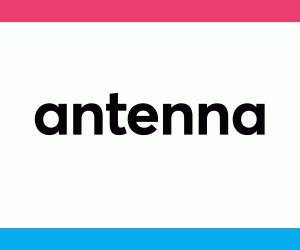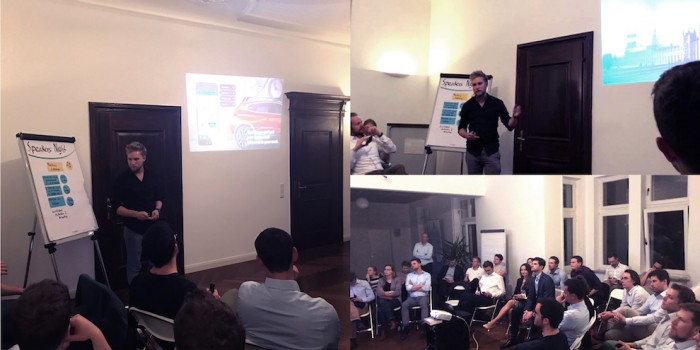Part of the Project

In 2017, Umeå Institute of Design graduate, Sebastian Gier presented his Xplore Window Into The Future project at the inaugural Antenna event in Eindhoven. An experimentation into the future of mobility, Xplore turns the ordinary car window into a futuristic tool with which to control and curate past experience. Users are able to zoom into their views and bookmark what they see, enabling the efficient curation of memories from their trip.
Demonstrating how digitalisation and new customer needs create future touch-point opportunities in mobility, Gier’s forward-thinking project has recently seen him nominated for a Dezeen Award in the category of Transport Design.
Currently working on the future of mobility as a Design Strategist at BMW Group Design for Service Design, User Experience and Product Design, Gier has had no shortage of projects to busy himself with since his debut at Antenna. Not only did he spend a period of time in Shanghai immersing himself within the worlds of digital services, innovations and products, he’s also given multiple talks and lectures, and won two Core77 Design Awards in two different categories.
If that weren’t enough, the German interdisciplinary designer also has plans to start his own bi-weekly podcast, where he’ll conduct interviews with the various designers that inspire him.
“Shanghai was an amazing time,” Gier says of the two months he spent in China’s largest city. “I never had a day where I didn’t learn or discover something new.” While there, he dedicated much of his time to daily experiments with the country’s ride-hailing services – including DiDi, the Chinese equivalent to Uber and Lyft. Comparing their methods and systems to those around the world, he wrote in-depth of his experience in a highly-detailed article on Medium.
“A fully decorated AC Milan vehicle interior was one of my highlights,” he states. “Even though the fact that the “new car smell/scent” is not very popular in China it plays an important role in the vehicle “guest experience”. Aftermarket solutions that people mount on the dashboard or in front of the air vents are also very popular. Additional pillows on the rear seating row are another example. Blankets or covers are popular to make it feel more comfortable, warm and casual.”
In the same article, he also goes on to address the drivers’ methods of digital device stacking, navigating the language barrier, and the vehicle itself as an advertising platform.
Driven by the idea of empowering people and improving their lives through design and it's methodological principles, Gier considers dialogue with those in other areas of expertise and disciplines to be vital in broadening his own point of view on design. For this reason he’s begun lecturing and speaking at various events across Europe, having most recently spoken at College des Ingenieurs in Munich, as well as the Munich Creative Business Week.
Right now though, Gier is most excited about his upcoming podcast series, something he’s been considering venturing into for a while. Called Design Drives, he aims to interview a forward-thinking designer every two weeks on why, how and what drives their design work. “I’m looking for those personal experiences and perspectives,” he says. “It’s all about what design doing and thinking can contribute to the world.”
To receive updates on Gier’s podcast, you can sign up at designdrives.org
Read more on design for transportation here.
WhereIsMyTransport mapped the entire public transport network of Cape Town
Ackeem Ngwenya: Designing transport infrastructure for rural Africa
Photographer chronicles the people of Cape Town’s bustling public transport system








